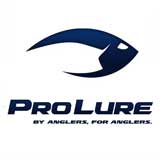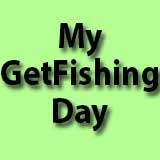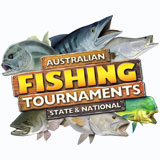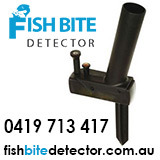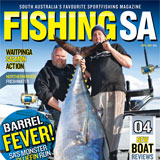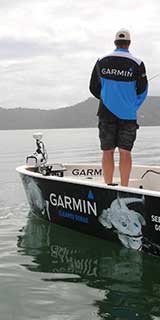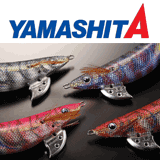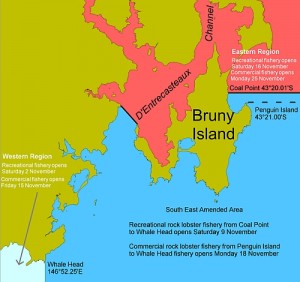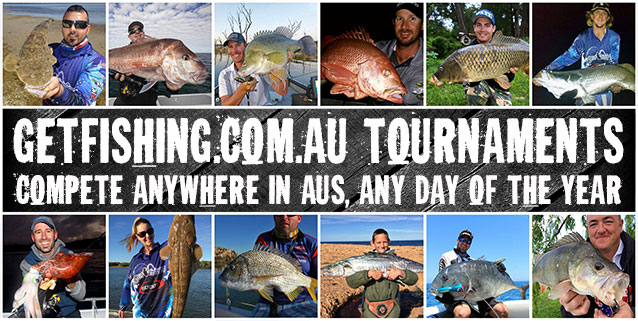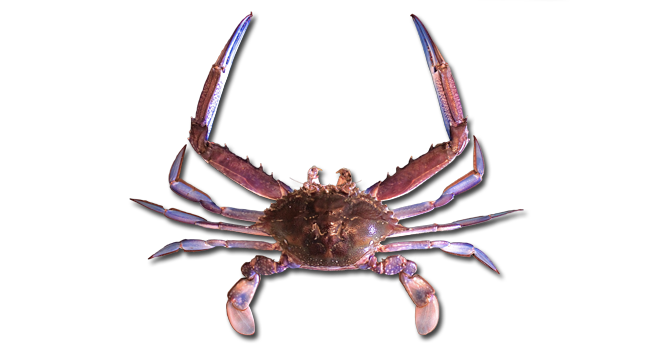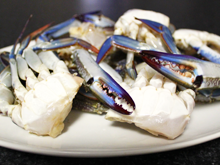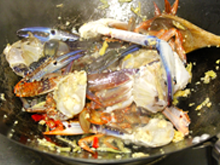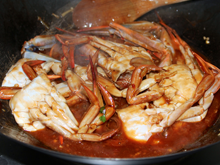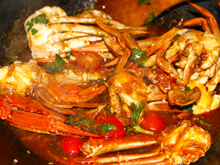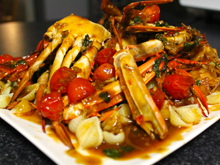Keep safe during the West Coast Zone abalone season.
Western Australia’s much-prized shellfish can be collected again this Sunday, when thousands of recreational abalone fishers take to the inshore reefs in the West Coast Zone for the first of five limited fishing opportunities.
The five separate one hour fishing periods will run from 7am to 8am only on the first Sunday of each month from November to March, with the first session due this weekend.
Bag and size limits are unchanged at 20 Roe’s abalone, with a minimum size of 60mm.
The West Coast Zone (WCZ) extends from Busselton Jetty to the Greenough River mouth including all islands within the zone (i.e. Carnac and Rottnest), but there is at present a permanent abalone fishing closure north of Moore River.
Department of Fisheries’ Principal Management Officer Martin Holtz said researchers had established that abalone stocks off the Perth metropolitan coast were beginning to return to normal growth rate after it slowed significantly during the marine heatwave and warmer water conditions in recent years.
“The stocks north of Moore River and in the Northern Zone abalone fishery will take a much longer to recover, because they suffered the major impact of the marine heatwave, so that part of the WA coast remains closed to recreational abalone fishing until further notice,” Mr Holtz said.
“During last season it is estimated that almost 19 tonnes of abalone was collected; catches were down due to poor weather conditions making fishing difficult.”
Mr Holtz said recreational abalone fishers needed to consider safety first at all times.
“When they are picking over the reefs or diving for abalone, fishers should look after their personal safety, make sure they keep an eye on the weather and sea conditions and wear appropriate clothing and footwear,” he said.
“Surf Life Saving WA will have helicopter, water and beach patrol along Perth’s northern beaches for each Sunday of the season and we ask fishers to obey any beach closures or safety directions from local council rangers or lifesavers.”
“Fisheries and Marine Officers will also be out and about, to ensure compliance with the rules.”
A licence is required to go recreational abalone fishing in WA. Licences can be purchased from the department’s website at www.fish.wa.gov.au. Fishing rules and safety tips are available in the Recreational fishing for abalone guide 2013/14; available online or from Fisheries’ offices.


